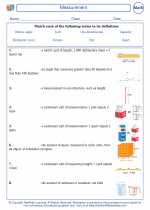Wind
Wind is the movement of air from an area of high pressure to an area of low pressure. It is caused by the uneven heating of the earth's surface by the sun. As the sun heats the Earth's surface, the atmosphere warms up. Warm air rises, creating an area of low pressure, and cooler air rushes in to fill the void, creating an area of high pressure. This movement of air is what we refer to as wind.
Factors Affecting Wind
- Pressure Gradient: The rate at which air pressure changes from one place to another. The greater the pressure gradient, the faster the wind will blow.
- Coriolis Effect: The deflection of moving objects caused by the rotation of the Earth. It causes winds to curve instead of moving in a straight line.
- Friction: The force that resists the motion of one surface moving past another. Friction slows down the wind near the Earth's surface.
Measuring Wind
Wind speed is measured using an instrument called an anemometer. It consists of several small cups attached to a vertical rod. The cups catch the wind and cause the rod to spin. The speed of the spinning rod is measured and gives the wind speed in miles per hour or kilometers per hour.
Wind Directions
Wind direction is often measured using a wind vane. A wind vane is usually in the shape of an arrow, and it rotates to show the direction from which the wind is blowing.
Study Tips
When studying wind, it's important to understand the factors that influence its movement, such as pressure gradient, Coriolis effect, and friction. Practice using anemometers and wind vanes to measure wind speed and direction. You can also observe and record the wind patterns in your area over a period of time to better understand its behavior.
.◂Math Worksheets and Study Guides Fourth Grade. Measurement
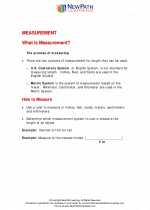
 Activity Lesson
Activity Lesson
 Activity Lesson
Activity Lesson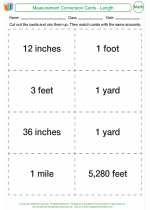
 Activity Lesson
Activity Lesson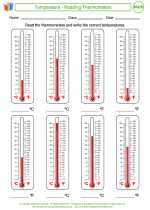
 Worksheet/Answer key
Worksheet/Answer key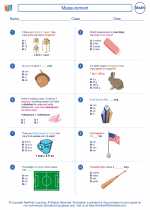
 Worksheet/Answer key
Worksheet/Answer key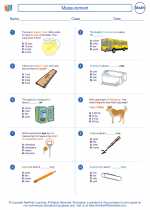
 Worksheet/Answer key
Worksheet/Answer key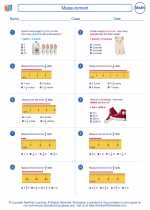
 Worksheet/Answer key
Worksheet/Answer key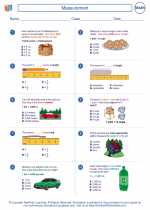
 Worksheet/Answer key
Worksheet/Answer key
 Worksheet/Answer key
Worksheet/Answer key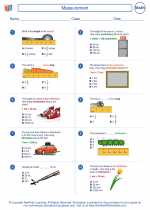
 Worksheet/Answer key
Worksheet/Answer key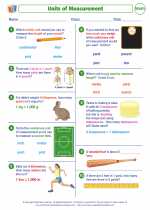
 Worksheet/Answer key
Worksheet/Answer key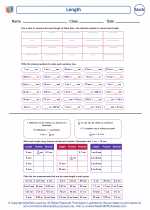
 Worksheet/Answer key
Worksheet/Answer key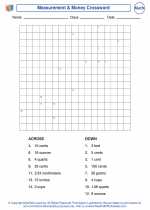
 Worksheet/Answer key
Worksheet/Answer key
 Vocabulary/Answer key
Vocabulary/Answer key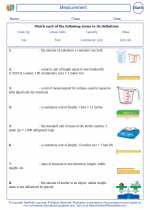
 Vocabulary/Answer key
Vocabulary/Answer key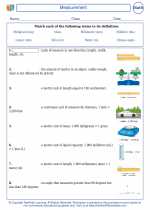
 Vocabulary/Answer key
Vocabulary/Answer key